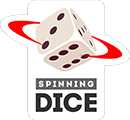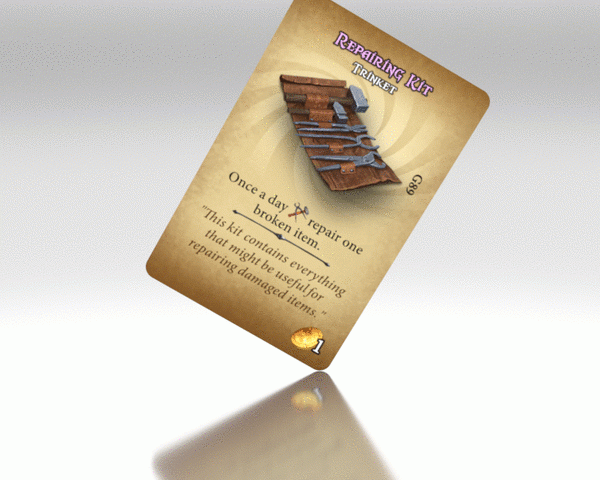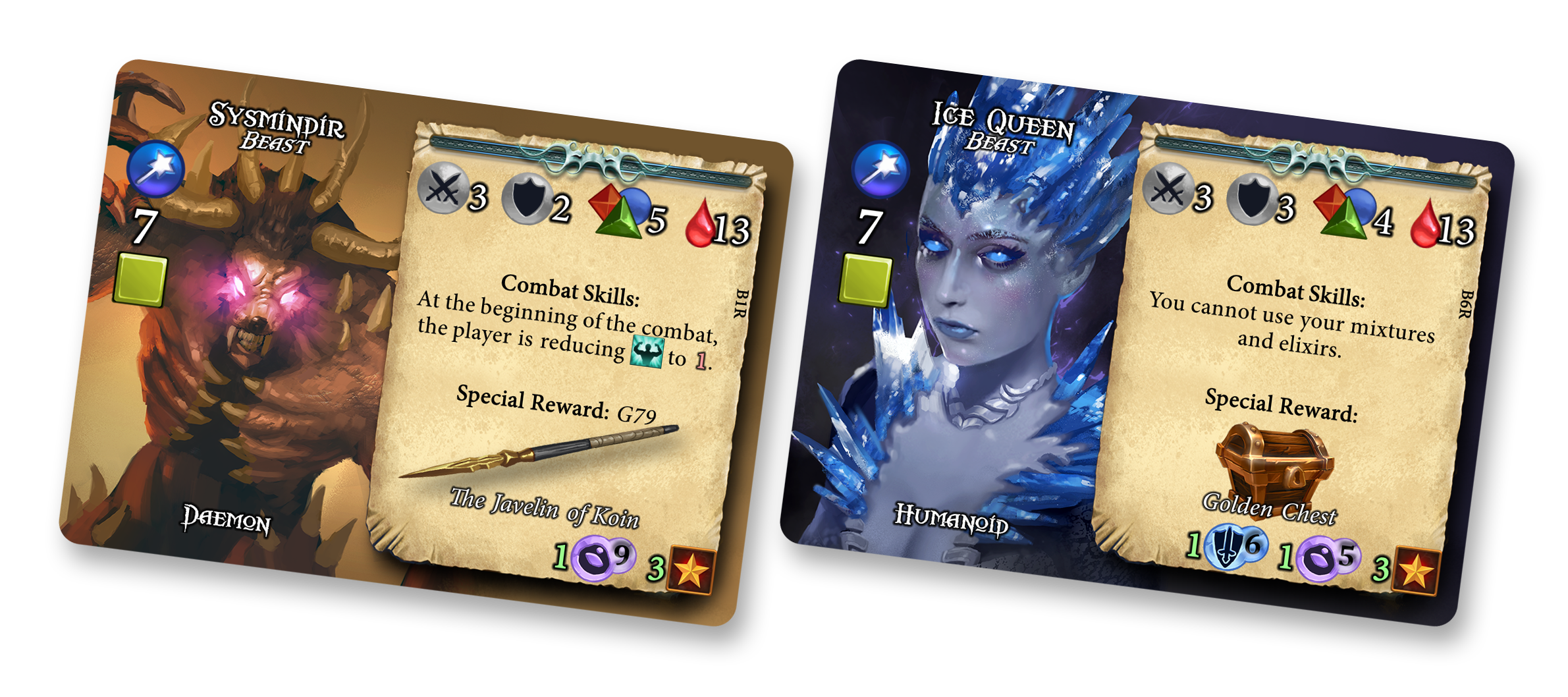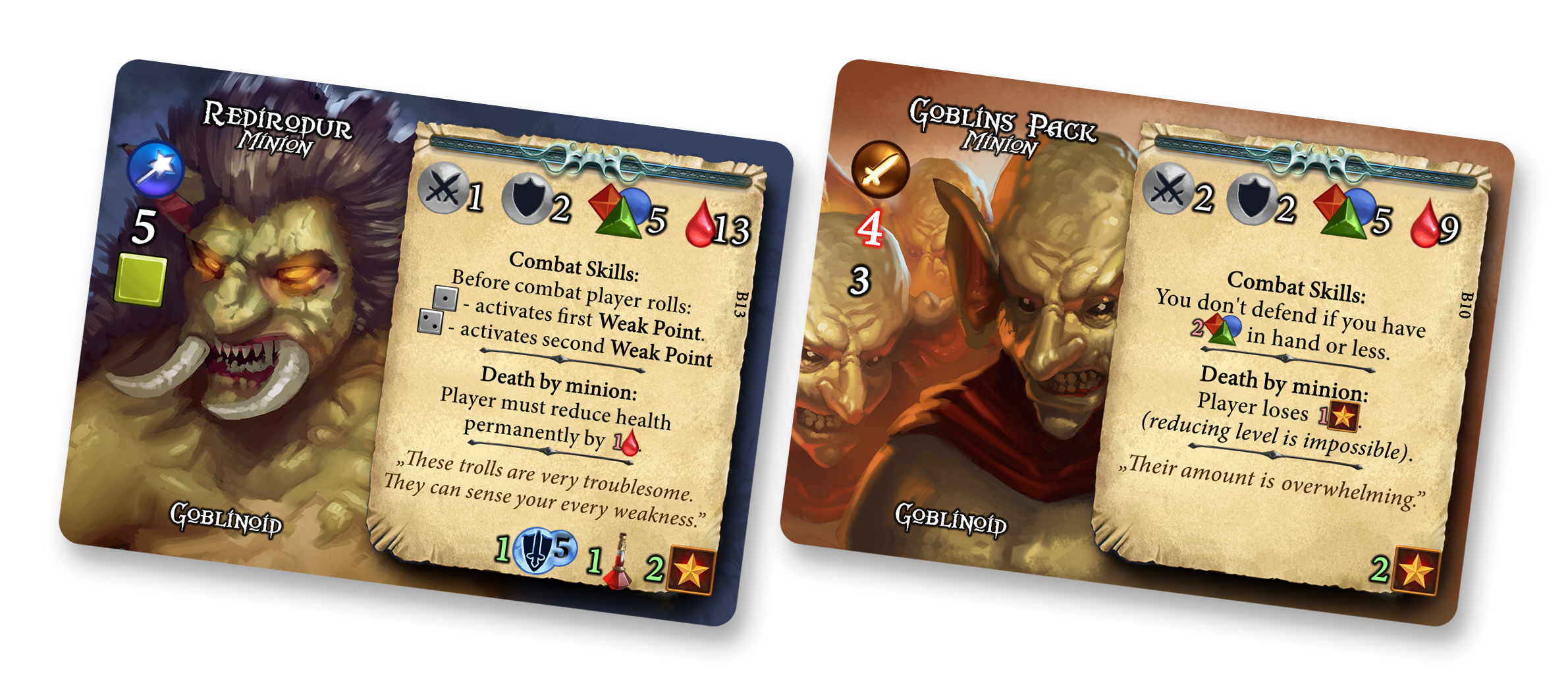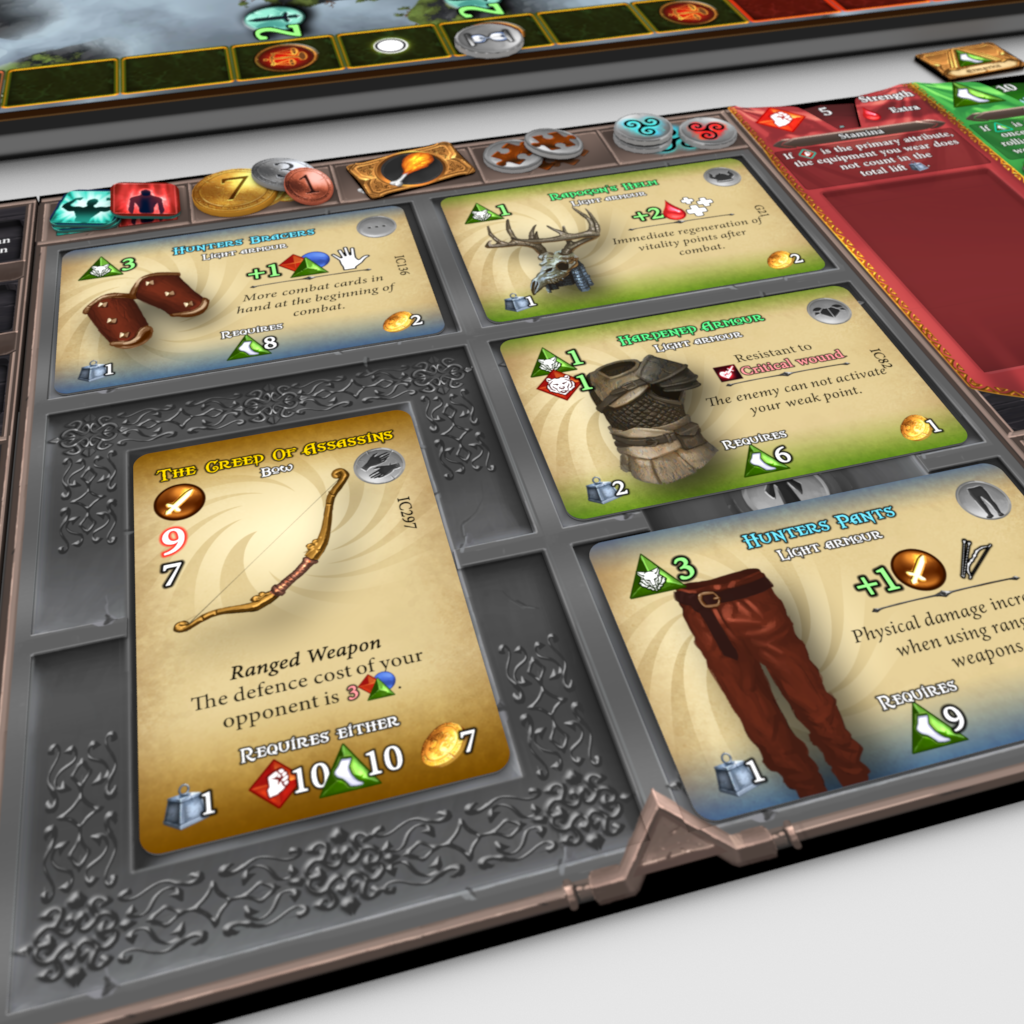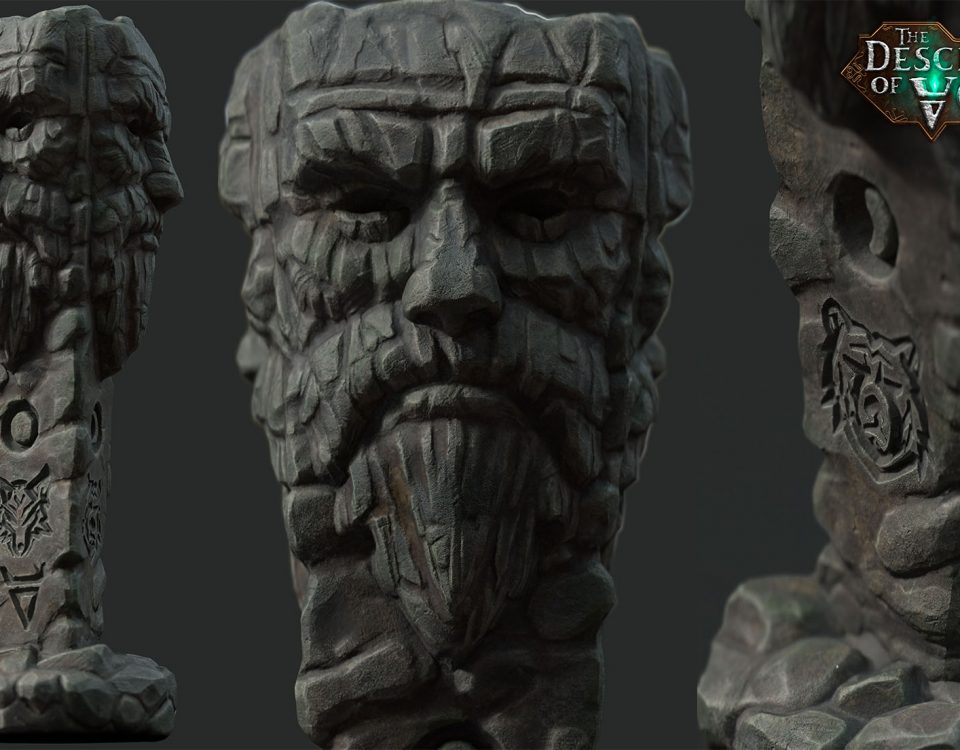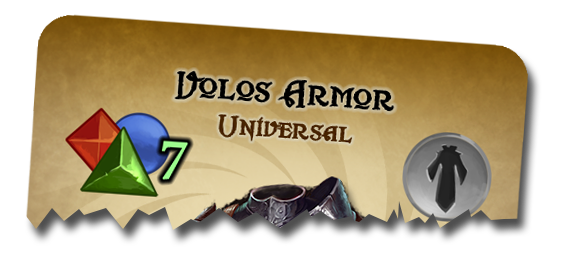A little here a little there

Behind the scenes of development process
17 April 2020
Minis
6 December 2020Welcome in a new Development Diary post of the adventure game – The Descendants of Volos!
If you haven’t read the previous posts yet, here they are:
Post 1 – Game announcement
Post 2 – World map and Tutorial
Post 3 – Event cards
Post 4 – Equipment
Post 5 – Enemies and Combat
Post 6 – Dungeons
Post 7 – Setting up a player character
Post 8 – Character Portraits
Post 9 – Grand Changes
Post 10 – Intellect and Snaaga
Post 11 – Generated Quest Sequence
Post 12 – New Old Cards
Post 13 – Factions and Achievements
Post 14 – Champion Master
Post 15 – Behind the scenes of development process
Today we’ll talk about some small recent tweaks and changes.
Beasts and Minions
It’s better later than never: we’ve decided that we’re going to use different words to call Bosses and Champions. There was simply too much influence of the MMORPG PC games in that names. From now on, Bosses are Beasts and Champions are Minions.
Item cards update
We’ve done some more iterations of what the item cards look like. In the previous posts we’ve shown how we simplified the look of the cards. They didn’t match the theme of the rest of the game content, so we’ve decided to give them some paper style, and color-accents corresponding to item grades.
Example equipment on the player panel.
Special items stack
Some time ago we mentioned that we’d separated some cards and created a new stack – with the items that players must search through to get a specific item. In order to make a specific card easier to find, we made them double sided. Each reverse is unique and shows the image of the item along with its unique code:
Every card in the game has a unique code, because we will run a wiki page where you’ll be able to easily search for a card and read about it. This group of cards starts with letter G (for Gear). To make it even easier to find a specific card, we added a black stripe on the edge that shifts vertically by every 10 cards. It’s like in the “Yellow Pages” or any kind of “phone book” or a dictionary. When you need to search for an item, you just slide the deck in your hand and you should be able to quickly jump to the exact card you’re looking for in no time.
Weak points and strengths.
We’ve reduced the max. amount of weak points and strengths from 4 to 3. The main reason was that not many characters used 4 slots, but also that fewer elements are easier to keep track of.
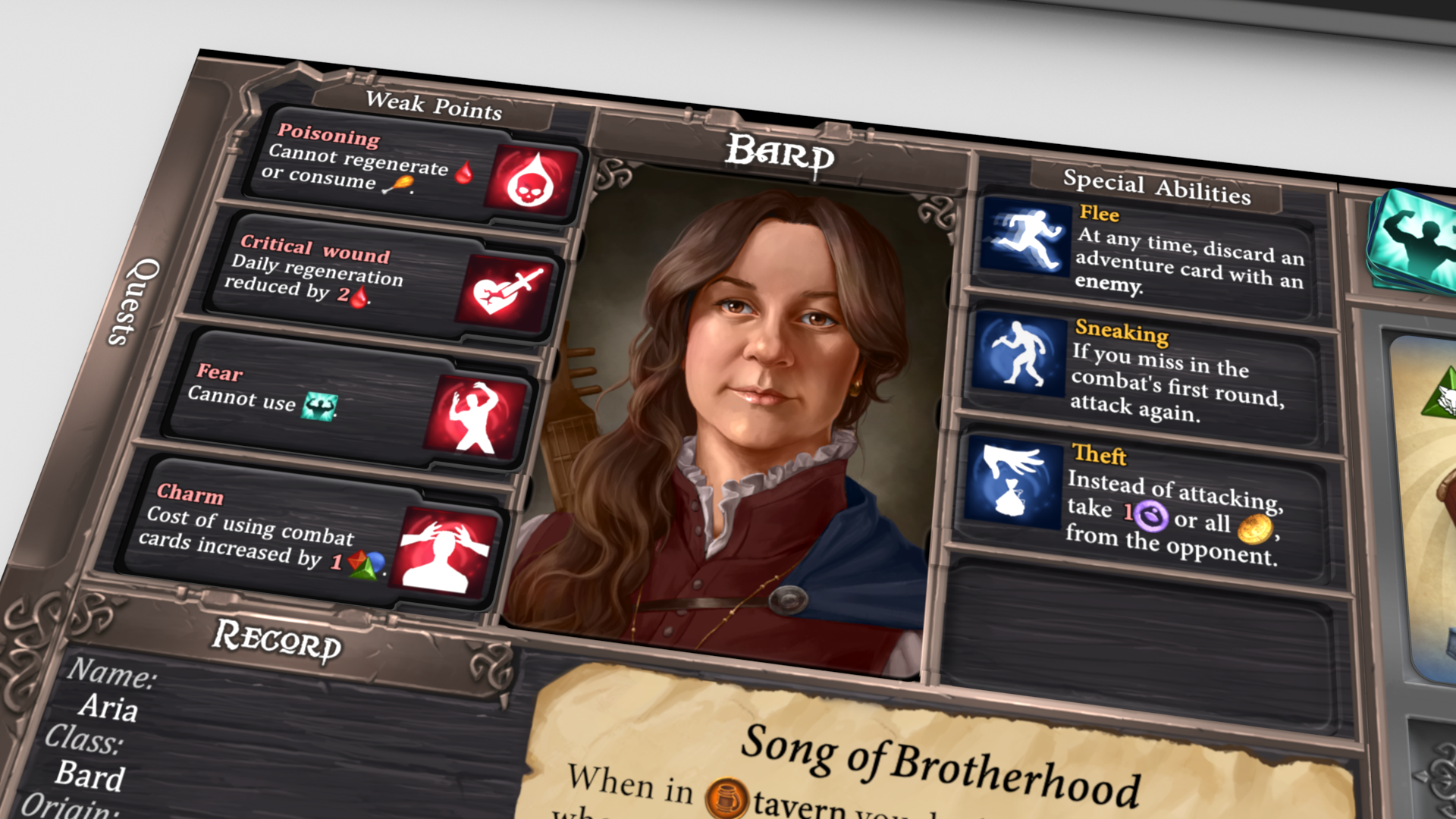
Character card with an old version of weak points and special abilities.
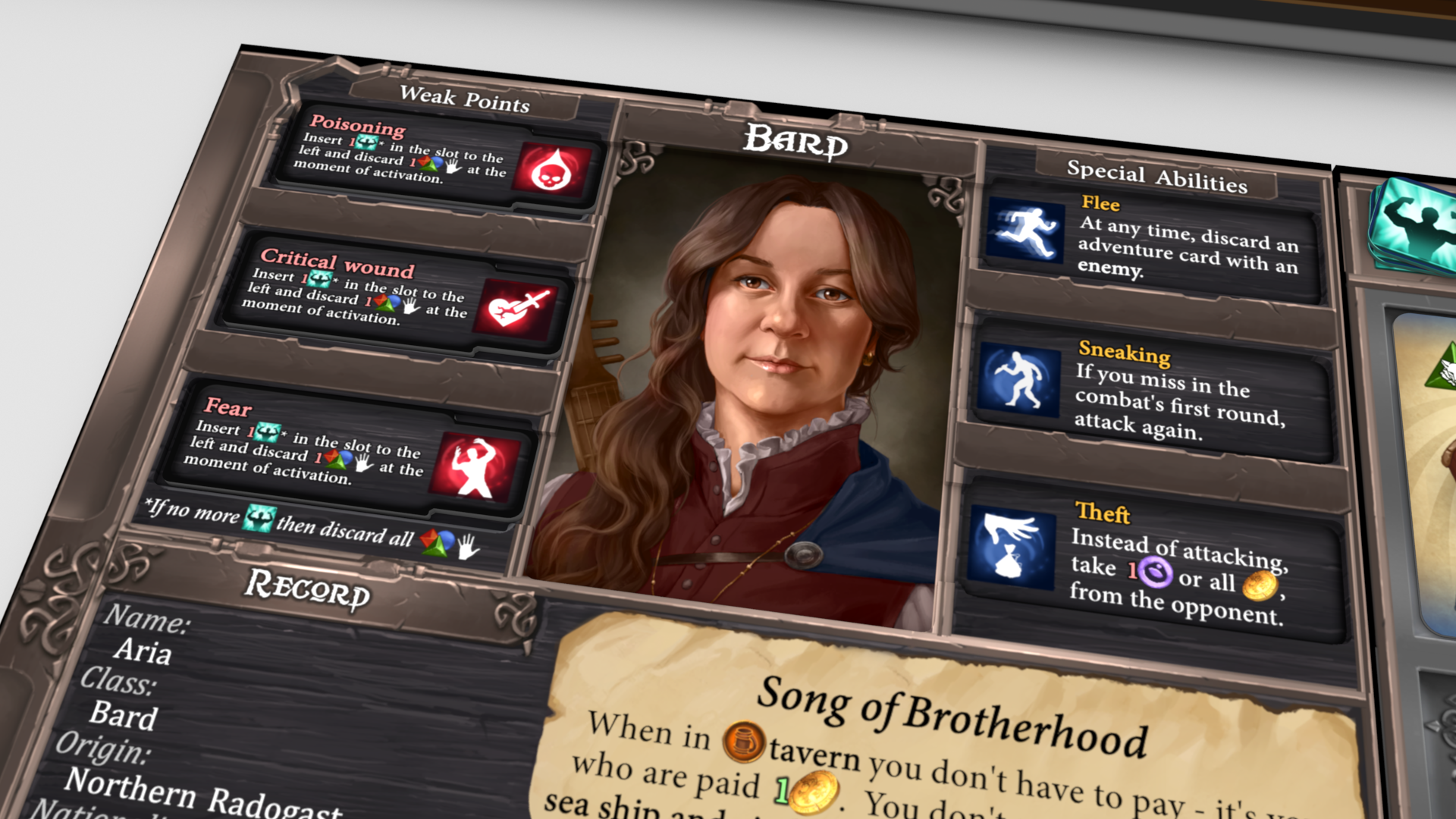
Weak points and special abilities reduced to 3 with more spaces between.
As you can see from the picture, each character card is made up of 2 layers with holes making “slots” for the tokens. In the previous version, the separators between those tokens were too thin, which could cause manufacturing troubles. Now it should be fine.
Animation showing token “slots” obtained by having 2 layers of the character card and a new way of paying the cost.
We’ve also simplified the weak points. From now on every weak point gives the same penalty, and what only matters is the type of weak points you have (just to remind you, if you don’t have a certain weak point then you’re immune to it). The reason behind that change was that every time when pvp combat took place, players asked each other, what type of weak points you’re vulnerable to, and what do they do? The previous effects however were much more immersive, like: “Critical wound: daily HP regeneration changed by -2”, so you had to quickly head to the inn to remove this de-buff, or else you’d bleed out to death. This kind of effects gave an exciting touch to the game, but… most of them didn’t affect the combat itself and it was hard to build any nice tactics around them. There was also one more and the most important reason: forgetting about some weak points being active was actually beneficial to you, so it was important that your opponent reminded you about them. That wasn’t a truly neat design. So we dropped those effects and made all weak points to be exactly the same: “-1 determination and -1 combat card from hand”.
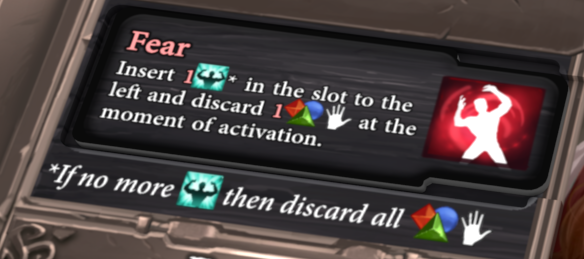
All weak points has the same cost.
Now the penalty happens just once at the moment of activation. There is absolutely nothing to remember about. The determination cost is not a new rule. However, it was written only in the rule book, and because of that it happened quite a lot that players forgot to pay that cost. Now the cost is written on the tokens and there is a new way of paying it – by placing the token in the slot which means that those determination points cannot be regenerated until the weak point (de-buff) is being removed. Determination cost is critical to the game-play, because when you must activate a weak point but you ran out of determination, then you suffer a huge penalty – you must discard all combat cards from hand! This is the main reason why the determination system was actually invented at all. It makes you consider if you should spend your determination on activating a special ability (or some other skill) in order to become temporarily stronger, or just keep it in case the enemy will activate some of your weak points.
Example: I’m playing as a Warlock, and my opponent player is playing as a Barbarian. I have 6 HP, he has 16 HP. I’m dealing 6 damage, he’s dealing 5 damage. At the beginning, it feels like I’m going to lose big time. He decided to use 1 out of his 2 determination points that he had left to activate a special ability that increased his damage by +1. So now he can kill me with 1 hit! But… As a Warlock I had something special for him:
Obviously, not to waste determination myself, I’ve decided to spend 1 combat card of intellect instead. Now, after activating one weak point, my opponent has ran out of determination. Next, I played a combat card of intellect before my attack. It activates his other weak point:
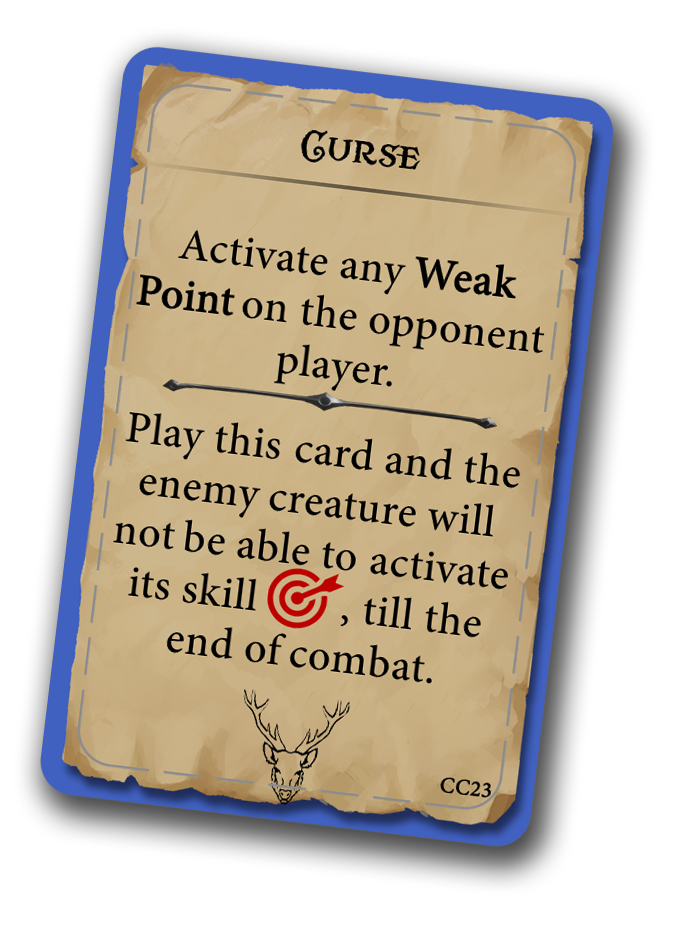
An example combat card of intellect. It has 2 versions for PvP and PvE.
And because he had no determination left, he had to discard absolutely ALL combat cards. Such a powerful warrior is now defenseless.
There are many ways of activating the opponent’s weak points. With the character’s personal skills, talents, combat cards, special weapons, etc. those skills allow the player to activate either any desired weak point, or a specific weak point:
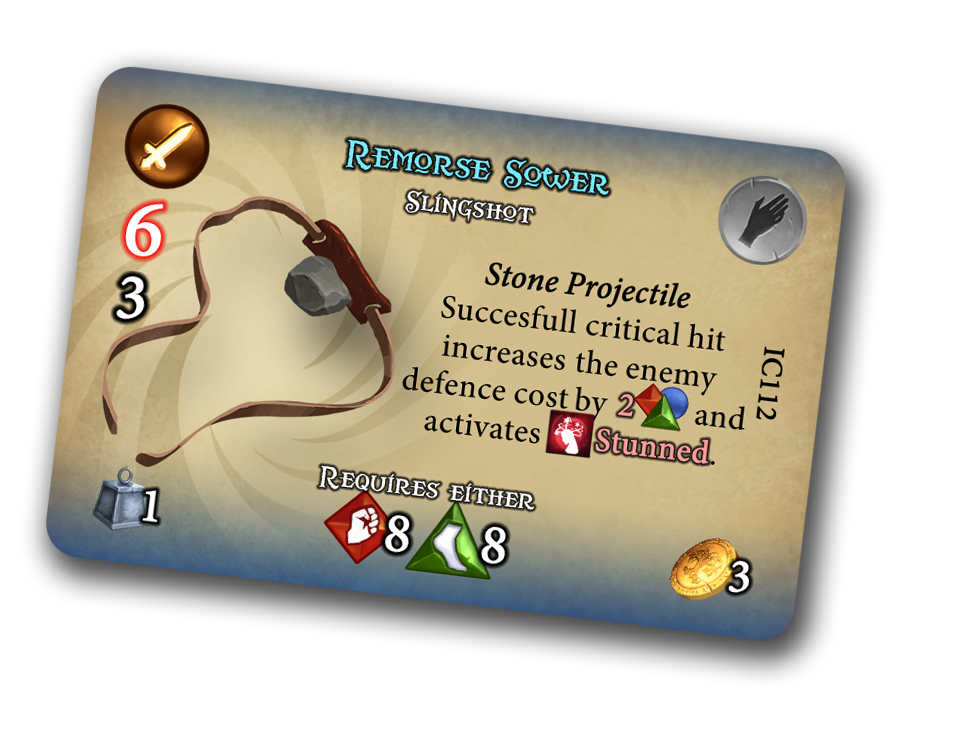
Example item card with a skill that may activate the opponent weak point.
There are also ways to gain additional immunity to certain types of weak points, for example by putting on specific gear:
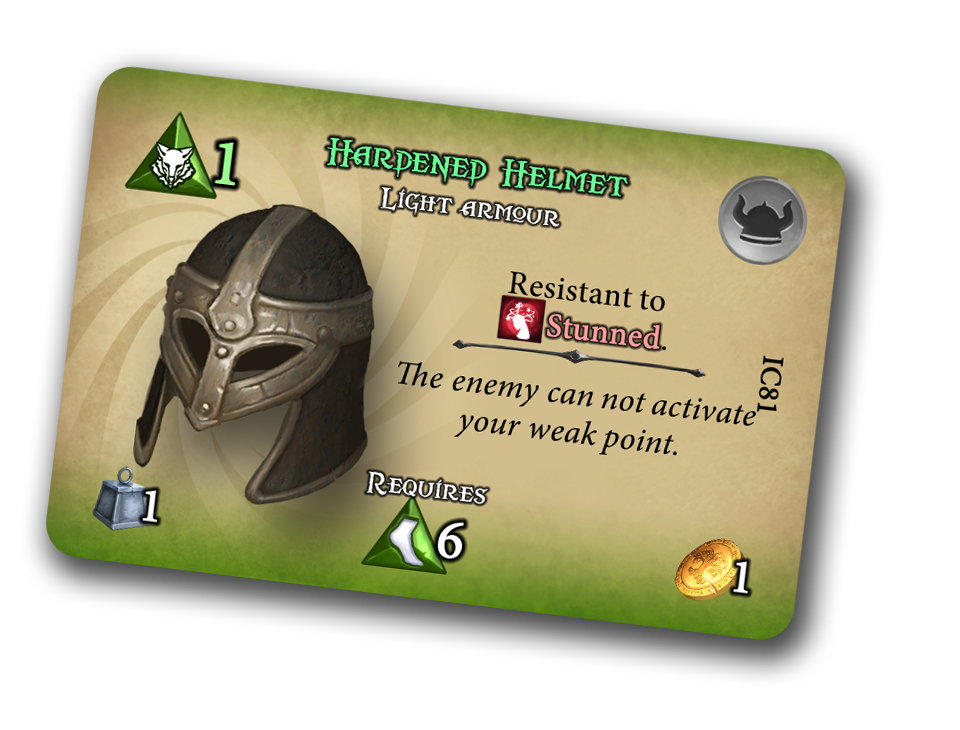
Example item card that makes you resistant to stun weak point.
That’s all in today’s development diary. If you enjoyed it, please make sure to share it with your friends.
See you soon…
